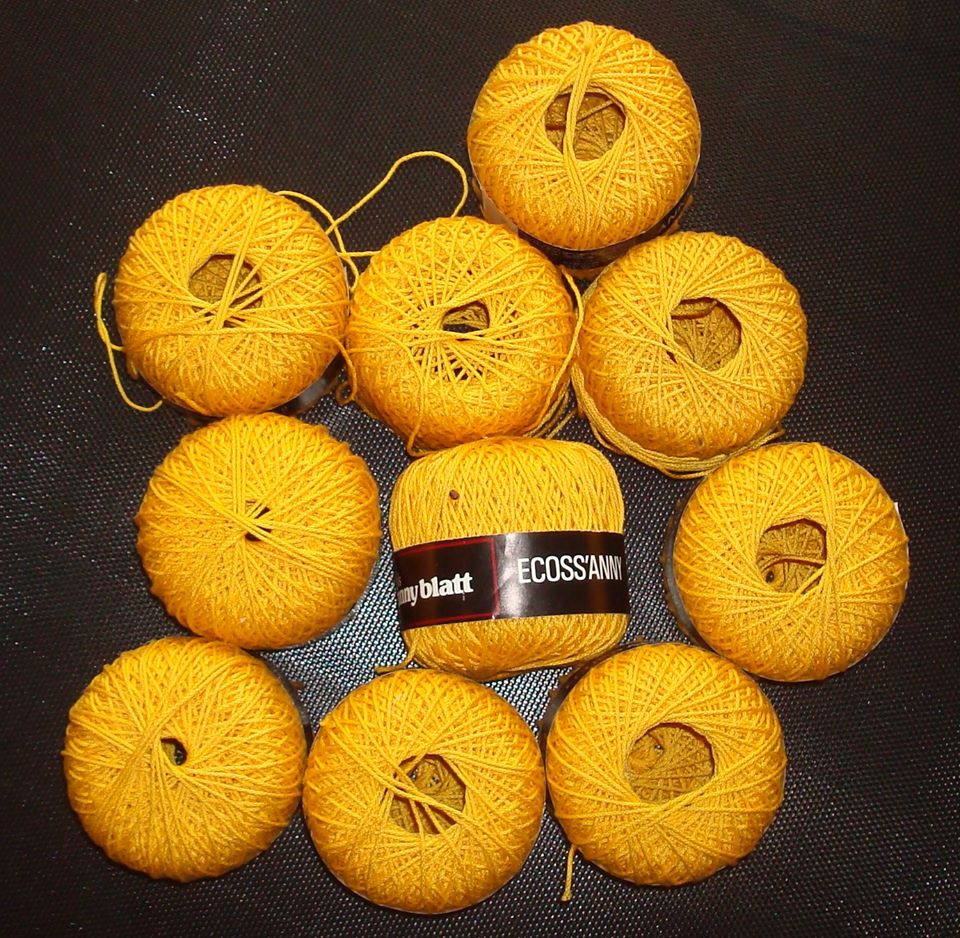There are a couple of things you’ll want to do before you start designing — assess your crochet skills and gather your tools.
Assess Your Crochet Skills
Before you begin designing, take the time to assess your crochet skills. You can start with very simple designs like I did, based on squares and rectangles. Or you can build the skills you need (e.g., increasing, decreasing, crocheting in the round) to execute the designs you want to produce.
You can build those skills through books like the Shibaguyz Complete Crochet Course and by crocheting patterns similar to the ones you want to design.
I crocheted from patterns for many years which enabled me to study how designers create their pieces. Once I became proficient at working with patterns, I began to modify them because I couldn’t always find the exact pattern that matched the garment or item I wanted to make. Modifying patterns successfully will build confidence in your ability to start creating your own designs.
Although not absolutely essential, you can also learn crochet design by sewing garments. A sewing background is a big help in learning how clothes are designed and put together. I was very fortunate to have a mom who sewed and who taught me a lot. I learned recently that her mother was a dressmaker. So that skill set is definitely in my DNA.
I also had the fortune of obtaining sewing skills in high school via a home economics class. Do they teach those classes anymore?
Gather Your Tools
In order to design crocheted garments and other items, you’ll need at a minimum:
- Crochet hooks in a range of sizes to create a variety of fabrics.
- Stitch markers
- A tape measure
- Scissors
- Blocking supplies
- Yarn in a variety of weights (e.g. worsted, DK, Sport/Fine, Lace/Sock).
If you have a decent yarn stash (and what crocheter doesn’t?), you can start swatching with different yarns, hook sizes, and stitch patterns to see what kinds of fabrics you can create.
Also, have a way to record your designs. You may not want to create patterns in the beginning, but if you put your design process on paper, you’ll have all the information you’ll need in the event you want to write and publish patterns. Recording your process also gives you the information you’ll need to refer to as you are making your garment.
I use a template to get the information I need on paper and store them in a three-ring binder. This particular template is designed for pattern designers, but you can adapt it to fit your needs. I’m old-school and like to record with pencil and paper. But you can take notes on the electronic device of your choosing.
This page contains affiliate links.

